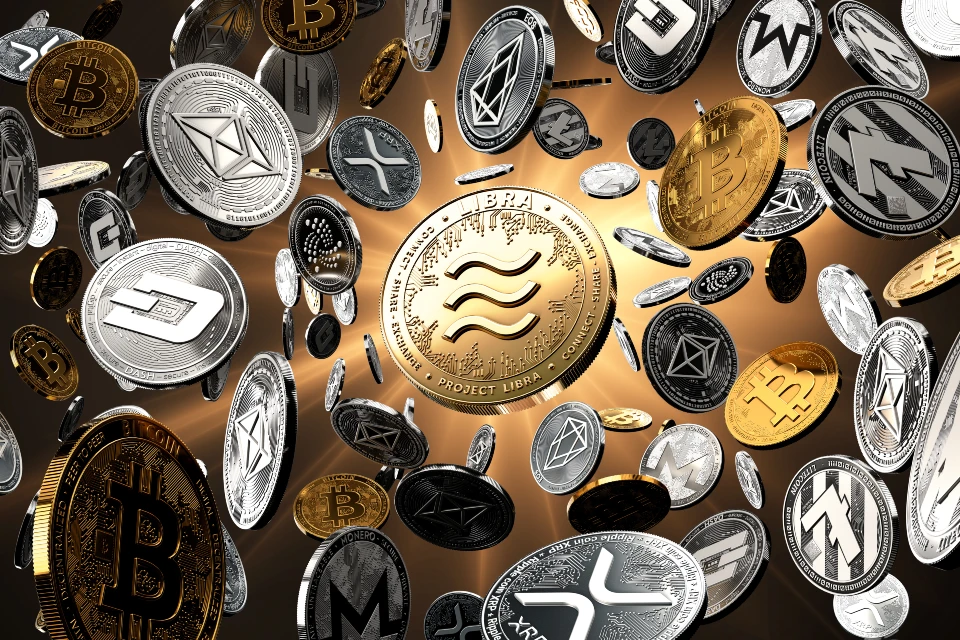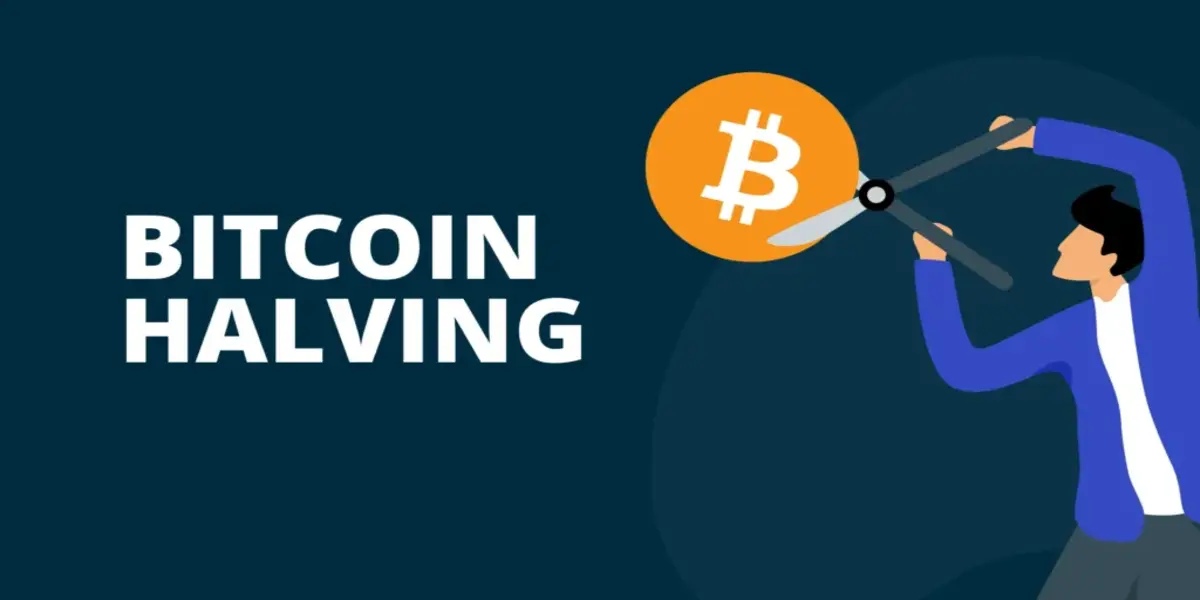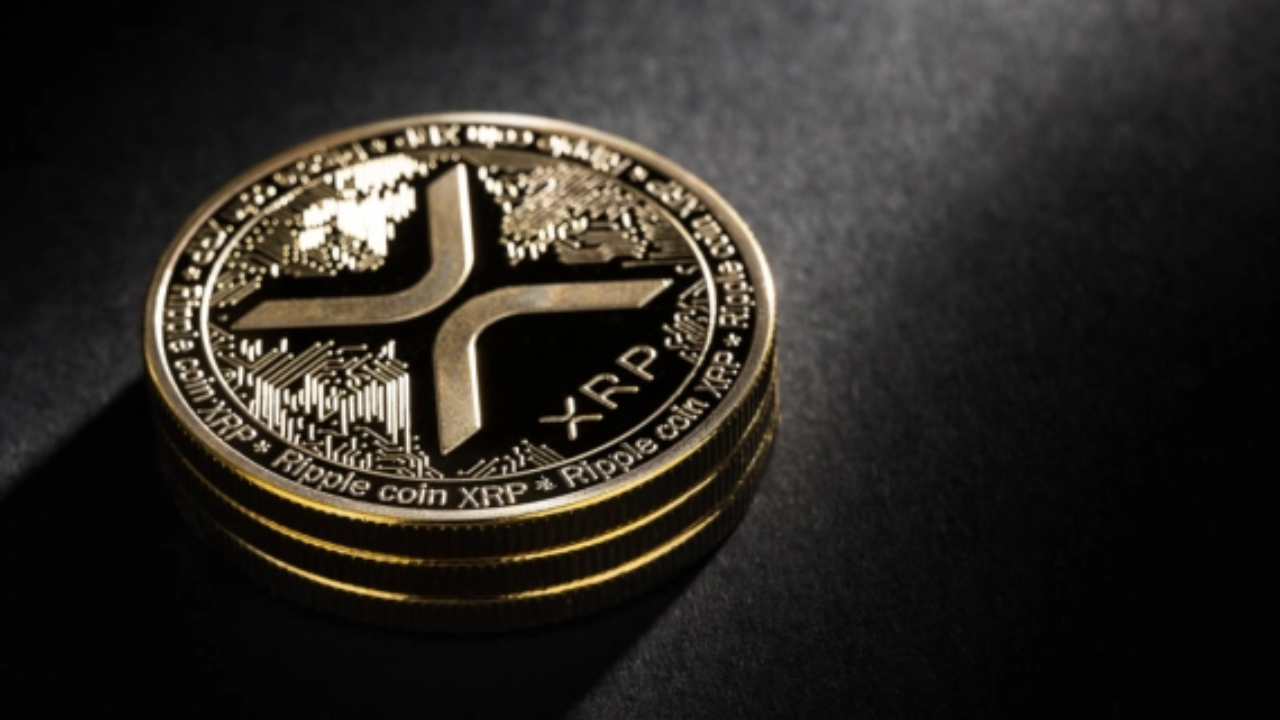
The Polygon MATIC network has swiftly risen to prominence in the blockchain world due to its advanced scalability properties. Known as the “Ethereum’s internet of blockchains,” Polygon specifically addresses the Ethereum scalability and gas fee issues by processing the transactions via separate Ethereum-compatible sidechains.
Let us look at the functional structure of Polygon and understand what is Polygon MATIC? How does it work? & How the recent ‘Ethereum Merge’ will impact the Polygon network.
What is Polygon MATIC?
Polygon, formerly known as MATIC network, is a layer-2 scaling solution or commit chain only for Ethereum (ETH functions as the main underlying blockchain). With its side/off chains and proof-of-stake framework, Polygon tackles the scalability issues without compromising on security, decentralization, and performance. Simply put, it offers a cost-effective and scalable infrastructure to the platforms or dApps built on Ethereum, allowing the users to avoid hefty network fees and congestion problems.
To understand better, note that Polygon can handle whopping 65,000 transactions per second compared to the 17 TPS of Ethereum. Transactions are fastly processed via the Polygon sidechains with finality achieved on the mainchain and Ethereum – the Layer 1 base chain.
The name Polygon MATIC is often used for the Polygon network as its native token is still known as MATIC despite the rebranding in 2021.
How does Polygon work?
While previously the Polygon MATIC network relied on simple plasma chains to scale transactions, it has now evolved into something much more advanced & complex with multiple interoperable sidechains. Polygon enacts a multichain L2 ecosystem like Polkadot but with Ethereum as its mainchain, hence capitalizing on all of Ethereum’s advantages, such as security and decentralization. With the constant developments, Polygon scaling solutions cover all EVM networks, such as Ethereum, BNB chain, Gnosis chain, Fantom, and Avalanche.
All Polygon’s chains operate according to the standard proof-of-stake protocol – comprised of a network of validators and nodes – except the fact that they conclude the transactions on Ethereum. The off-blockchain processing significantly reduces the burden incurred on the primary blockchain, enhancing the speed and efficiency of Polygon-based executions.
Polygon MATIC utilizes a number of scaling methods which are as follows:
Plasma chains – Plasma chains, also known as child chains, refer to a framework of separate blockchains that run alongside the “parent” blockchain. They have their own consensus mechanism for block validation but can interact with the primary chain in a way that assets can be exchanged between them. They are considered highly secure as the “root” of each plasma chain is stamped to the main blockchain.
PoS sidechains and bridge – PoS sidechains run independently from the main blockchain while connecting with it through a two-way bridge. Transactions are processed via the proof-of-stake protocol on the sidechains, slashing the need for the parent chain to process everything on its own. The PoS bridge, which is significantly flexible & fast, facilitates the movement of assets between two chains, such as Polygon and Ethereum in this case.
Zk-rollups (Zero-knowledge rollups) – It is an efficient L2 scaling solution where a batch of transactions is processed off-chain, and a summarized validation proof is registered on the mainnet.
Optimistic-rollups – This scaling procedure functions similarly to Zk-rollup; however, in this case, the ‘validity proof’ of off-chain transactions is not published on the mainnet. Instead, optimistic rollups naturally consider all transactions as valid unless they detect a fraud case.
By combining the above-mentioned solutions, the Polygon network offers the users a suite of 7 Ethereum-scaling options marked by phenomenal transaction speeds and other enhanced features:
- Polygon PoS: The most popular Ethereum scaling solution with full EVM compatibility, transaction speeds of up to 7000 tx/s, & a decentralized network of PoS validators.
- Polygon zkEVM (Hermez): Open source Zk-rollup with Ethereum level security, low-cost token transfers, the throughput of 2000 TPS, and EVM opcode equivalence.
- Polygon Avail: Data availability-focused blockchain aligned for off-chain scaling solutions, stand-alone chains, and light client verified chains.
- Polygon Edge: A modular and extensible solution for building public/private Ethereum-compatible blockchains. Edge offers an instant finality of transactions, trustless & decentralized cross-chain communication, and a block production time of 2 seconds.
- Polygon Nightfall: A scaling solution with a hybrid Zk-optimistic rollup that facilitates privacy-focused decentralized transactions, creating new Web 3.0 possibilities.
- Polygon Miden: A STARK-based, Zk-rollup with support for arbitrary smart contracts. It incorporates a high throughput of 1000+ TPS before sharding and over 100x lower fees than Ethereum.
- Polygon Zero: It is the world’s fastest Zk L2 solution powered by Plonky2, a cutting-edge prover system that generates ZK proofs faster than any other existing tech. Polygon Zero takes only 0.17 seconds to generate a zero-knowledge proof.
Do you know?
Polygon SDK is a vision to transform Ethereum into a full-fledged, fast multichain system by supporting two major types of solutions, secured chains, and stand-alone chains. The Ethereum’s multichain system will have three additional benefits not part of other multichain systems like Avalanche & Cosmos, i.e., full integration of Ethereum’s network effects, more security, and more openness & power. Further, the present Polygon solutions, Polygon PoS and Polygon Plasma chains, will keep existing and remain operational as an integral part of this multichain system.
What is a Polygon MATIC token?
MATIC, an ERC-20 token, is the native currency of the Polygon ecosystem which is used to govern and power the network. It is also utilized for paying network fees and making other exchange payments for building dApps on Polygon. Moreover, by storing the Polygon MATIC in the Matic wallet, coin holders can stake their tokens to enjoy the staking rewards.
The Polygon crypto has a maximum supply of 10 billion, out of which around 8.7 billion MATIC are already in circulation. The coin also holds significant value as an investment product and ranks #12 in the comprehensive crypto world.
What does the Ethereum “Merge” mean for Polygon?
The long-awaited Ethereum upgrade has finally gone live, where Ethereum transactions will now be verified via the energy-efficient proof-of-stake protocol. More than 100 developers and nine teams worked on ‘The Merge’ for years to bring about this monumental change. The common question now is whether Ethereum 2.0 will negatively impact the Polygon network. The answer is definitely not. According to the Polygon team, the merge is only good news for Polygon MATIC.
Although the update has made Ethereum more environment-friendly, it does not lower Ethereum’s gas fees or augments its speed. Therefore, the Ethereum ecosystem still relies on Polygon and other Layer 2 scaling solutions to solve the scalability trilemma while remaining decentralized and secure.
While the upcoming Ethereum upgrades like “sharding” will notably help it scale and grow, the Polygon network will also improve correspondingly. The symbiotic relationship between Ethereum and Polygon is likely to remain intact as Polygon benefits from Ethereum’s technology while Ethereum gains from Polygon scaling solutions like the innovative zkEVM.
Closing thoughts
The exponential adoption and growth of the Polygon MATIC network is proof of its undisputed success as a remarkable scaling solution. Polygon’s scaling solutions have so far seen widespread adoption with around 1.8B total transactions, 135M+ unique addresses, 19k+ dApps, and 145k+ contract creators. Moreover, the platform claims that more than $145 million in average daily gas has been saved by Polygon scaling solutions. Altogether, Polygon’s framework is progressive & competitive, and the project has gathered the essential technology, support, and experience to materialize its ambitions.
Read more:
http://thetradingbay.com/everything-you-need-to-know-about-the-sandbox-metaverse/
http://thetradingbay.com/how-to-invest-in-bitcoin/













